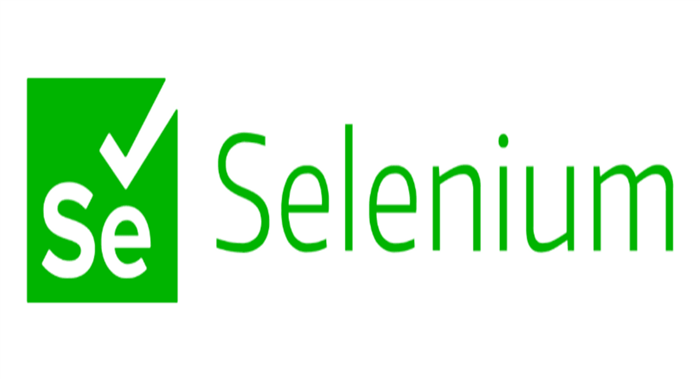Table of Contents
ToggleThe Waterfall Model is one of the traditional and linear approaches to Software Development Life Cycle (SDLC). In this model, the development process is divided into distinct phases, and each phase must be completed before moving on to the next. The progression is akin to water flowing in a waterfall, hence the name.
Key phases in the Waterfall Model:
1. Requirements Gathering and Analysis:
- Identify and define the project requirements through discussions with stakeholders.
- Document detailed specifications for the software.
2. System Design:
- Develop an overall system architecture based on the defined requirements.
- Create detailed specifications for the system components.
3. Implementation (Coding):
- The actual coding of the software takes place based on the detailed specifications.
- Developers write the code for each component, adhering to the design specifications.
4. Testing:
- Conduct thorough testing to identify and rectify defects and errors.
- Testing includes unit testing, integration testing, system testing, and user acceptance testing.
5. Deployment:
- Once the software is thoroughly tested and approved, it is deployed to the production environment.
- Users can now access and use the software.
6. Maintenance:
- Ongoing maintenance and support are provided to address issues, release updates, and ensure the software’s continued functionality.
Advantages of the Waterfall Model:
Clear Structure: The linear and sequential nature of the model provides a clear structure and easy-to-follow process.
Well-Defined Phases: Each phase has specific deliverables, making it easier to manage and monitor progress.
Client Involvement: Client involvement is typically at the beginning and end of the project, ensuring that the final product aligns with client expectations.
Disadvantages of the Waterfall Model:
Limited Flexibility: The rigid sequential structure makes it challenging to accommodate changes once the development process has started.
Risk of Late Discovery of Issues: Testing is typically done after the development phase, which can lead to the late discovery of defects.
Extended Time to Delivery: The entire project must be completed before delivering the final product, potentially resulting in longer development times.
The Waterfall Model is best suited for projects with well-defined and stable requirements where changes are expected to be minimal throughout the development process. It may not be ideal for projects with evolving or unclear requirements, as adapting to changes can be cumbersome in this model.
